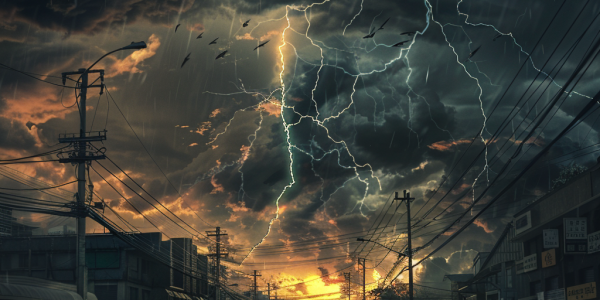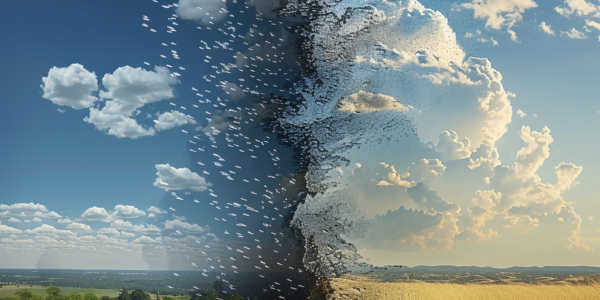Rising Costs and Frequency of Extreme Weather Disasters in the United States
Extreme weather disasters in the United States have been on the rise since 1980, with severe storms being the most common type of billion-dollar disasters. The total inflation-adjusted costs of these disasters have been escalating over the years, with the 2020s already seeing 95 extreme weather events amounting to $568 billion in damages. Utility companies are proactively preparing for such disasters by investing in measures like burying power lines and upgrading infrastructure to ensure resilience in the face of climate change.
Study Reveals ‘Disaster Subculture’ Among Marginalized Communities Facing Climate Disasters
Discover how residents in a poverty-stricken neighborhood in Seoul, South Korea, have developed a ‘disaster subculture’ to cope with extreme climate events. Learn how social agencies are challenged to assist marginalized communities facing daily hardships and the urgent need for tailored interventions to address the complex interplay between socio-economic factors and environmental vulnerabilities.
Impact of Human-Induced Emissions on US Rainfall Patterns
A recent study by the Department of Energy’s Lawrence Berkeley National Laboratory reveals the complex interplay between human-induced greenhouse gas and aerosol emissions on rainfall patterns in the United States. While greenhouse gas emissions contribute to increased rainfall, aerosols have a long-term drying effect, with short-term impacts that vary with the seasons. The research emphasizes the significant role of aerosols in offsetting the expected rise in extreme rainfall and offers valuable insights into the intricate relationship between human-induced emissions and rainfall patterns.



